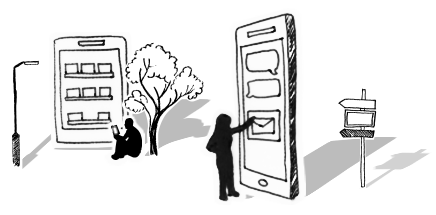




Is Video Based Learning Suitable for Your Change Programme?
Video Based Learning is great for sharing information but can it improve engagement and performance during a change programme?
We are seeing more user led learning, with learners wanting access to any time learning, that is just for them. Push learning where material is given to learners, is now being replaced by pull learning, in which learners are enabled to seek out information themselves when they need it.
In view of these changes, how might Video Learning boost performance and support change?
Here are some pros:
- It’s a social and sustainable resource. Giving a face and brand to the change is given great power by video. Featuring colleagues adds a human face to the learning and boosts communication during programmes. Viewers can also comment and request support via social posting on enterprise social networks
- Scripted training can be recorded and then played back by delegates at their own convenience. This means they can access support when they need it which can occur at any time during business change
- Involving employees turns the learning from something that is delivered to them to something they are actively involved in. People remember more about something that they have involvement in and this helps ownership and engagement during change
- Ease of access on various devices allows people to learn on the job, especially useful when learners are based remotely
- It can be developed using usual Instructional Design methods and can be blended with graphics, diagrams and other embedded objects to make video a flexible learning tool. These sessions only need to be scripted once and thus the materials can more easily be re-recorded or modified as the main development work has been done
- Once produced, the video session can be made available via a wide range of video publishing or viewing sites.
- The learning by the delegate is at their own time and convenience plus they drive the learning process based on their desire to gain the knowledge on offer
- Some tools like Adobe Presenter allow learner progress to be tracked.
There are however, some drawbacks:
Cons:
- Viewers are not able to interact with the Trainer or other viewers through the video itself
- Explanations by the Trainer need to be carefully worded as the message could be misunderstood by viewers
- Recording costs may be higher as access to professional studio and editing facilities may be needed in order to produce a good quality end result (though we have found a very good local studio that also does work for the BBC and at a reasonable cost!)
As with any learning, videos will need to be regularly assessed and checked for relevance and sustainability. However they can be endlessly reused thus helping to keep training costs down. Where learners are remote and have infrequent contact with the people leading the change, video can be a powerful tool to reinforce the strategy behind the change and give depth to the reasons why.
It’s no surprise then that video learning continues to be a consideration for improving performance and supporting users through change.
To get the latest change tips, advice and guidance directly to your inbox, sign up to our monthly Business Change Digest.
